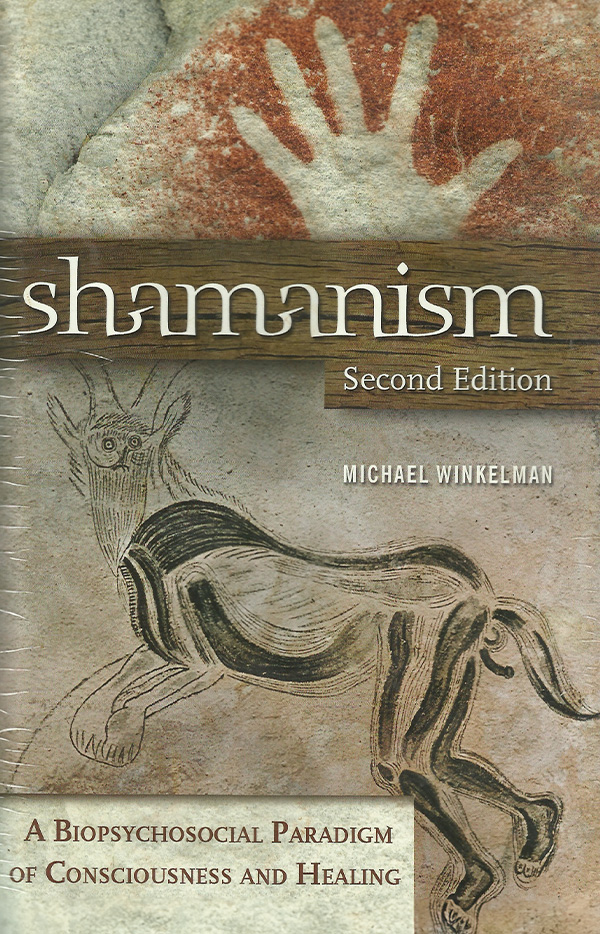Shamanism: A Biopsychosocial Paradigm of Consciousness and Healing
Winkelman’s newest book provides an extensive revision of Shamanism (2000) and extends our understanding of the evolutionary origins of humanity’s first spiritual, healing and consciousness traditions. Shamanism A Biopsychosocial Paradigm of Consciousness and Healing (2010, ABC-CLIO/Praeger Press) addresses: cross-cultural perspectives on the nature of shamanism; biological perspectives on alterations of consciousness; mechanisms of shamanistic healing; and the evolutionary origins of shamanism. It presents the shamanic paradigm as a biopsychosocial framework for explaining human evolution through group rituals that provided bases for enhanced group functioning.
The new subtitle emphasizes that what has been conventionally considered a spiritual practice has ancient biological, social and psychological roots. This book show why shamanism was both central to ancient societies and still provides healing in the modern world, and illustrates why shamanism must be central to explanation of humanity’s religious impulses.
Shamanism:
- Illustrates cross-cultural and biological perspectives on the nature of shamanism
- Presents a shamanic paradigm for interpretation of shamanism in the past
- Develops biological models to explain shamanic universals
- Illustrates the biological bases of shamanic alterations of consciousness and healing practices
- Develops an evolutionary model of shamanic practices
- Provides a general foundation for understanding the biological bases of religion

